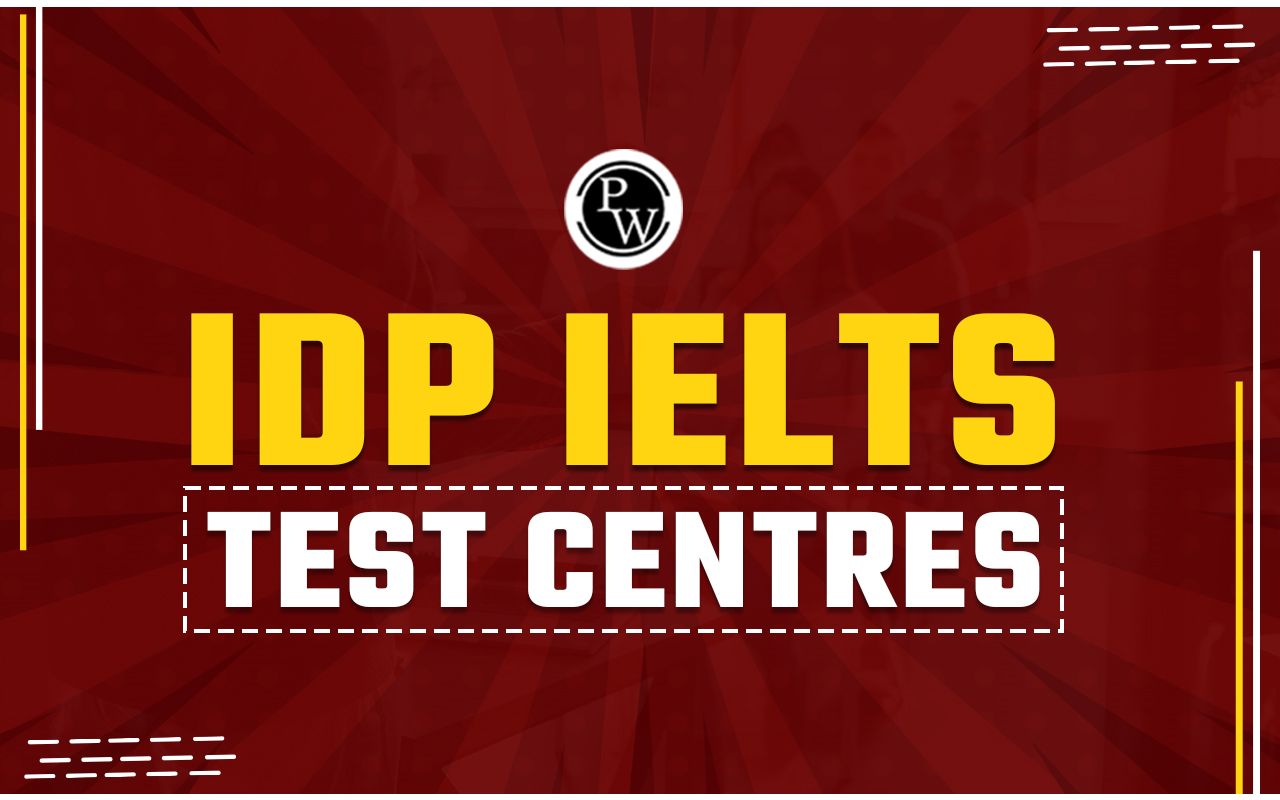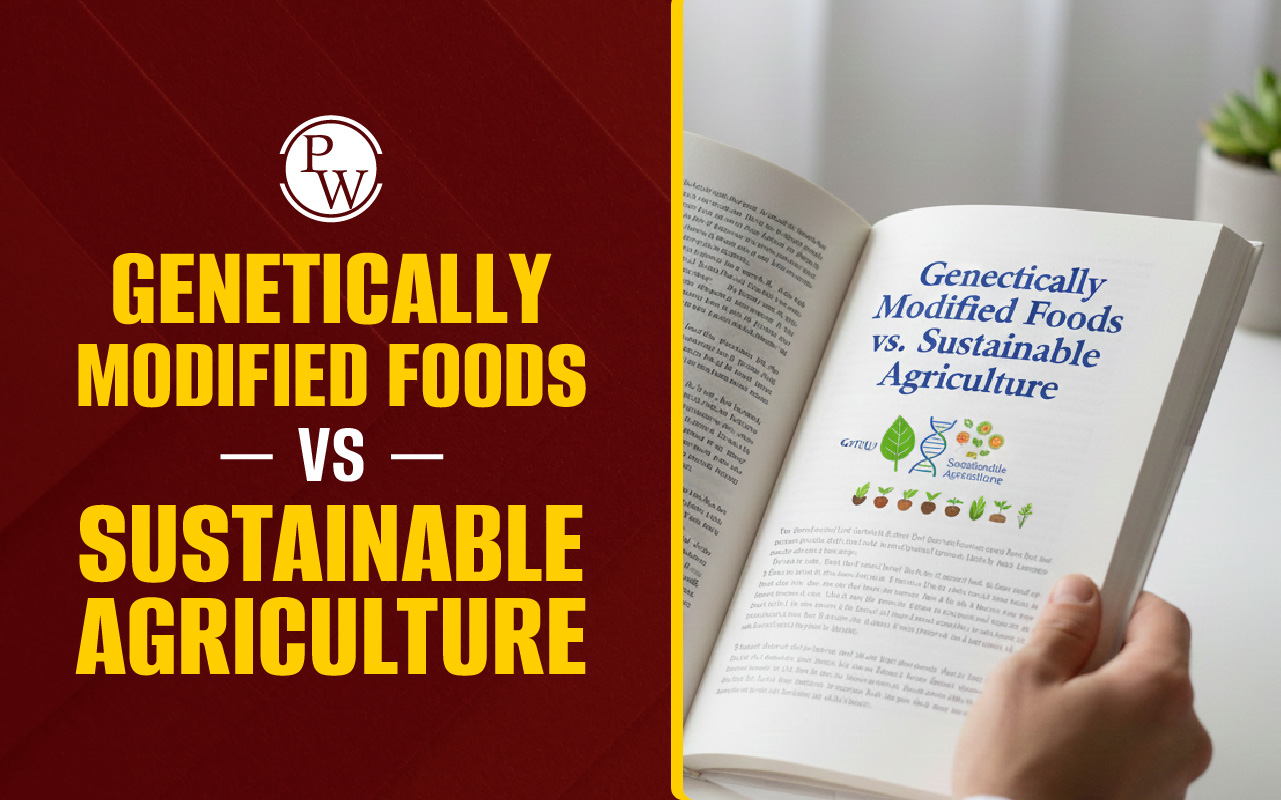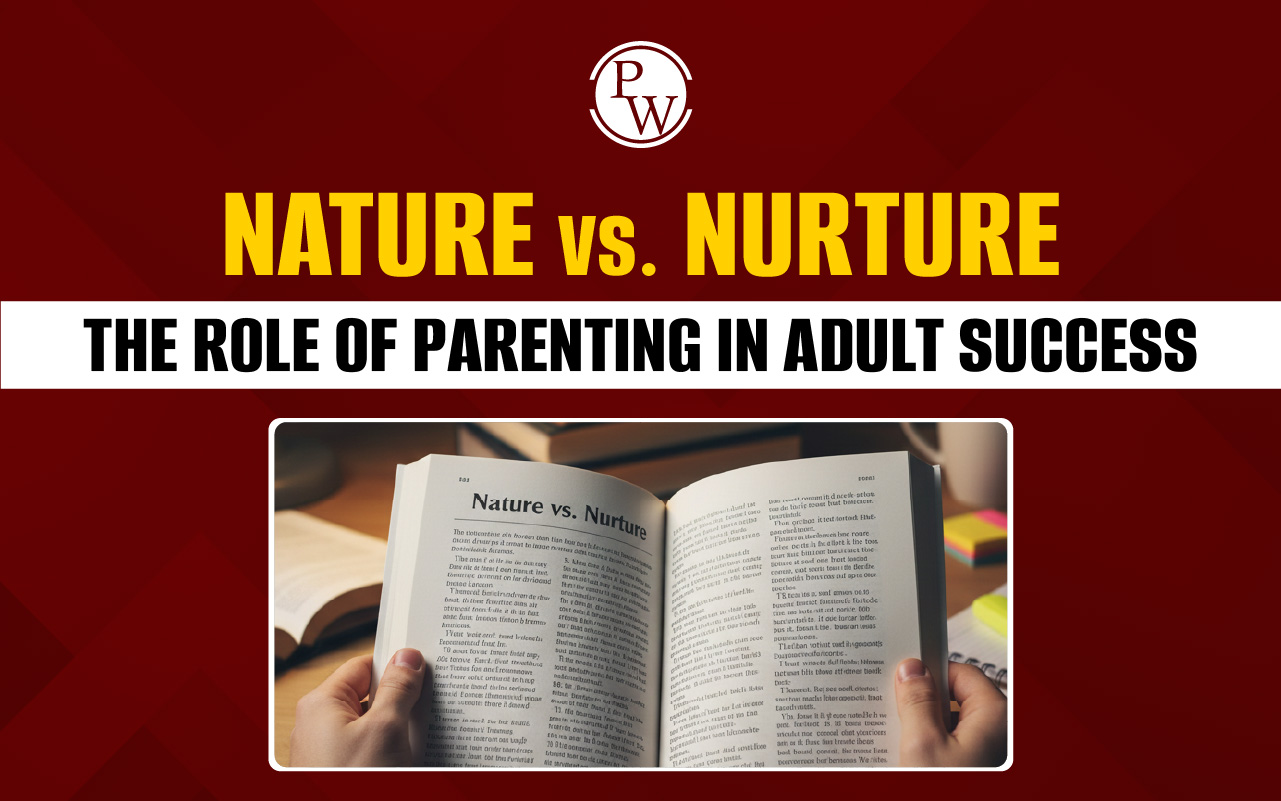
Crop Growing Skyscrapers Reading Answers passage focuses on the innovative concept of vertical farming. Through this passage, one addresses the rising food demand of rapidly growing urbanization. The passage explores the development of vertical farming skyscrapers reading answers as a sustainable solution for large-scale crop production within cities, reducing transportation costs and minimizing environmental impact.
The passage also examines the benefits of crop growing skyscrapers reading answers, including year-round organic harvests and reduced dependency on fossil fuels. For IELTS aspirants, this topic offers valuable insights into urban agriculture skyscraper farming reading answers, making it a relevant inclusion in IELTS Reading Topics and an engaging comprehension practice.
IELTS Crop Growing Skyscrapers Reading Answers Passage
Provided here is the complete IELTS Crop Growing Skyscrapers Reading Answers passage. It presents how vertical farming skyscrapers can transform food production in urban centres. It highlights eco-friendly cultivation methods, challenges like artificial lighting costs, and practical benefits, making it ideal for practicing IELTS Reading multiple choice questions and improving comprehension skills for the IELTS Reading Test Format.
Crop Growing Skyscrapers Reading Passage
By the end of 2050, almost 80% of the Earth’s population will migrate to urban centres. By making use of the conservative estimates in the present demographic trends, the human population density will increase exponentially up to three billion. Around 120 hectares of new land (about 20% larger than Australia) will be estimated to cultivate enough food to feed them if traditional farming practices continue as they are evolved today. Now, across the world, nearly 80% of the landscape suitable for raising crops is in use. When we go back to the past, some 15% of that has been laid waste due to poor management skills. How to ensure enough food security for the world’s population to live on?
The technique of indoor farming is not new since many hothouse production of tomatoes, onions and other vegetables has been in fashion for a certain time. However, there is an urgent need to increase this technology to feed another three billion human population. Experts believe a whole new concept of indoor farming is required with super-efficient technologies. ‘Vertical Farm’ is one amongst them. The idea is to have multi-storey buildings where food crops are grown in eco-friendly conditions. If they deploy it in the heart of urban centres, they would substantially decrease the transportation cost paid to bring food to the end consumers. This vertical farm has to be effective, accessible to the consumers to operate. Let's assume it is successfully implemented, proponents claim, vertical farms will guarantee urban renewal, sustainable development production of a safe and varied food chain (round the year production of all crops), and the obvious reconstruction of ecosystems that got deteriorated due to horizontal farming.
The like-minded people of vertical farming discover various benefits of this system. For example, crops can be harvested throughout the year, as they would be preserved in man-made controlled, maximum growing conditions. Similarly, no climate-related crop failures occur due to droughts, floods or pests. All the crops and food could be produced organically, neglecting the inorganic products of herbicides, pesticides and fertilisers. The system would significantly decrease the occurrence of many non-communicable diseases necessary at the agricultural production interface. Even though the system would require energy, it would give it back in a different way to the grid via methane gas generation from composting non-edible parts of plants. This practice will help in reducing the need for tractors, ploughs and shipping, which in turn, reduce in consumption of fossil fuel.
Besides the advantages, a major setback of vertical farming is that the plants need artificial light unlike the traditional farming. However, when those plants are kept near the window, they will be exposed to more sunlight and grow more quickly, reducing the efficiency. Whereas the single-storey greenhouse has the benefit of natural light on the top. Nevertheless, many plants still need artificial lighting other than the natural sunlight.
A multi-storey facility without any natural light at the top might need far more. Producing sufficient light might be expensive, unless cheap, renewable energy is there to support, and this seems to be rather a long-term goal than a tangible result for the near future.
One difference on vertical farming that has been produced is to plant small trees in stacked trays that are alongside rails. Shifting the trays allows the small trees to get good sunlight for photosynthesis. This system is put in place, thus, performs well within a single-storey greenhouse with sufficient sunlight: it is not absolute, but, it is possible to make it work without the sunlight from the above.
Vertical farming is nothing but an attempt to combat the prolonged issues that we face in making food supply for an ever growing human population. Presently, though, more steps need to be taken to decrease the aftermaths happening on the environment, specifically the consumption of energy. While it is doable that our food supply will be produced in skyscrapers in future, experts think that it is way too far that we will merely make use of the space situated on urban area rooftops.
Sample Question for IELTS Crop Growing Skyscrapers Reading Answers
Sample questions for the IELTS Crop Growing Skyscrapers Reading Answers help learners understand passage structure and improve accuracy in the IELTS Reading Question Types. These tasks focus on core ideas, advantages, and limitations of urban agriculture, skyscraper farming reading answers. Thereby enables test-takers to apply strategies from How to Handle Multiple Choice Questions in IELTS Reading effectively. Check the questions below to check your preparedness:
1. Crop Growing Skyscrapers True / False / Not Given Questions
Do the following statements agree with the information in the passage?
Write:
TRUE – if the statement agrees with the information
FALSE – if the statement contradicts the information
NOT GIVEN – if there is no information on this
-
By 2050, over three-quarters of the world’s population will live in cities.
-
Traditional farming methods will be able to feed the growing population without any changes.
-
Vertical farming completely eliminates the need for artificial lighting.
-
Crops in vertical farms are less likely to fail due to bad weather.
-
The idea of growing crops in multi-storey buildings is a recent invention.
2. Crop Growing Skyscrapers Multiple Choice Questions
Choose the correct letter A, B, C or D.
What is the main advantage of placing vertical farms in urban centres?
A. They can grow more exotic crops
B. They reduce transportation costs for delivering food
C. They require less skilled labour
D. They use only natural sunlight
According to the passage, vertical farming could help reduce fossil fuel usage because:
A. It uses solar panels for all lighting needs
B. It removes the need for tractors, ploughs, and shipping
C. It recycles rainwater for irrigation
D. It reduces the need for air conditioning in buildings
What is the main disadvantage of vertical farming mentioned in the text?
A. It cannot be done in large cities
B. It requires artificial lighting, which can be costly
C. It only works for certain types of crops
D. It is not accepted by most consumers
3. Crop Growing Skyscrapers Matching Information Questions
Match the following features with the correct paragraph in the passage.
Write the correct letter A–F.
A = Paragraph 1
B = Paragraph 2
C = Paragraph 3
D = Paragraph 4
E = Paragraph 5
F = Paragraph 6
-
A farming method that prevents climate-related crop failures.
-
An adaptation involving small trees in movable trays.
-
A concern about the high cost of artificial lighting.
-
Predictions about future urban migration trends.
4. Crop Growing Skyscrapers Sentence Completion Questions
Complete the sentences below.
Choose NO MORE THAN TWO WORDS from the passage for each answer.
-
Experts believe that a ________ version of indoor farming is necessary to meet future food demands.
-
Vertical farms could lead to the ________ of damaged ecosystems.
-
Composting non-edible plant parts in vertical farms can produce ________ gas.
Crop Growing Skyscrapers Reading Answers
IELTS Crop Growing Skyscrapers Reading Answers section allows learners to explore the benefits of crop-growing skyscrapers, reading answers while enhancing their comprehension. Covering topics like sustainable farming, renewable energy use, and urban food security.
It also builds familiarity with the IELTS Reading structure, helping candidates boost their IELTS Reading Band Score. Provided here is the table that covers the IELTS Crop Growing Skyscrapers Reading Answers:
| IELTS Crop Growing Skyscrapers Reading Answers | ||
| Question Type | Question / Statement | Answer |
| True / False / Not Given | By 2050, over three-quarters of the world’s population will live in cities. | TRUE |
| Traditional farming methods will be able to feed the growing population without any changes. | FALSE | |
| Vertical farming completely eliminates the need for artificial lighting. | FALSE | |
| Crops in vertical farms are less likely to fail due to bad weather. | TRUE | |
| The idea of growing crops in multi-storey buildings is a recent invention. | NOT GIVEN | |
| Multiple Choice | What is the main advantage of placing vertical farms in urban centres? | B |
| According to the passage, vertical farming could help reduce fossil fuel usage because: | B | |
| What is the main disadvantage of vertical farming mentioned in the text? | B | |
| Matching Information | A farming method that prevents climate-related crop failures. | C |
| An adaptation involving small trees in movable trays. | E | |
| A concern about the high cost of artificial lighting. | D | |
| Predictions about future urban migration trends. | A | |
| Sentence Completion | Experts believe that a ________ version of indoor farming is necessary to meet future food demands. | large-scale |
| Vertical farms could lead to the ________ of damaged ecosystems. | restoration | |
| Composting non-edible plant parts in vertical farms can produce ________ gas. | methane | |
Guidance to PW IELTS Prep
IELTS Online Courses is a great initiative Physics Wallah took to help IELTS aspirants better prepare for the exam. Follow our below pages to learn more about the IELTS exam.| IELTS Reading Band Score | IELTS Listening Band Score |
| IELTS Speaking Band Score | IELTS Writing Band Score |
IELTS Crop Growing Skyscrapers Reading Answers FAQs
What is the main focus of the Crop Growing Skyscrapers passage?
Why is vertical farming important for the future?
What is the biggest drawback of vertical farming?
How does vertical farming help reduce fossil fuel use?
Can vertical farming operate year-round?










